Sasami-san@Ganbaranai has gotten noticeably darker with the appearance of Sasami’s dead mother. By now I’ve dropped the hypothesis that Sasami is an ordinary girl with Shinto-based delusions. This really is an offbeat story about ancient Shinto gods and goddesses. (I think.)

Anime in general is full of references to the Shinto religion, but it is usually a lightweight pop Shinto. Sasami-san takes a more scholarly approach, one that is both more esoteric and darker. To fully understand the show you need some background in some of the older Shinto traditions.
There are actually 3 fairly distinct concepts of death and the afterlife associated with Shinto.
1. Buddhist-Shinto Syncretism
The Buddhist-Shinto Syncretism was Japan’s primary religion from the Heian Period though the Edo Period (roughly from the 8th century until the mid-19th century.) Shinto had previously been a decentralized religion with many traditions but without an intellectually rigorous theology. Scholars at the imperial court developed a detailed theology for Shinto based on elements of Esoteric Buddhism. According to this the kami worshiped at Shinto shrines are enlightened beings emanating from the Cosmic Buddha.
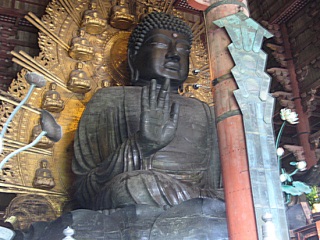
This served several purposes. It helped Buddhism gain acceptance among the common people. It also gave sophisticated courtiers a reason to stay loyal to Shinto, when otherwise they might have been tempted to dismiss it as primitive superstition.
For almost 1000 years most Japanese accepted that Shinto was a Japanese form of Buddhism. The same buildings often served as both Shinto shrines and Buddhist temples. Shinto priests often performed Buddhist rites. The use of Buddhist rites at funerals became universal; whatever Shinto funeral rites had previously existed died out.
Thus an essentially Buddhist view of death and the afterlife prevailed. Dead people would eventually be reborn in some other form, as is the nature of all impermanent beings.
2. Yomi–The Land of the Dead
In the late 18th century The Buddhist-Shinto Syncretism began to be challenged by a group of nationalist scholars called the Native Studies Movement. They hoped to revive the pure traditions of a Japan that had existed before foreign influences like Buddhism and Confucianism had arrived.
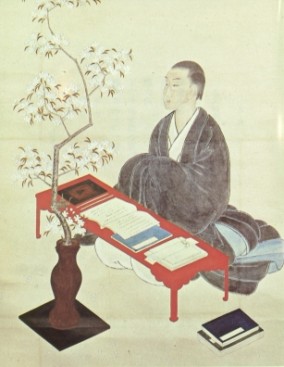 One of the founders of the movement was Norinaga Motoori (1730-1801). He sought to rediscover the original pre-Buddhist Shinto by studying the Nihon Shoki and the Kojiki, two 8th century compilations of ancient Shinto legends. In particular he relied on the Kojiki for which he produced the first readable translation into modern Japanese. (It had become almost unreadable due to the add-hoc non-standardized way that it attempted to represent the ancient Japanese language using Chinese characters.)
One of the founders of the movement was Norinaga Motoori (1730-1801). He sought to rediscover the original pre-Buddhist Shinto by studying the Nihon Shoki and the Kojiki, two 8th century compilations of ancient Shinto legends. In particular he relied on the Kojiki for which he produced the first readable translation into modern Japanese. (It had become almost unreadable due to the add-hoc non-standardized way that it attempted to represent the ancient Japanese language using Chinese characters.)
Motoori’s view of death was shaped by one particular legend from the Kojiki:
The creator-goddess Izanami died giving birth to the god of fire. Her husband Izanagi entered Yomi, the shadowy land of the dead, to search for her. However when he saw how she had decayed he was horrified and ran away. After returning to the land of the living he washed himself in a river, thus creating the first purification ritual and establishing the principle that one should purify oneself after contact with the dead.
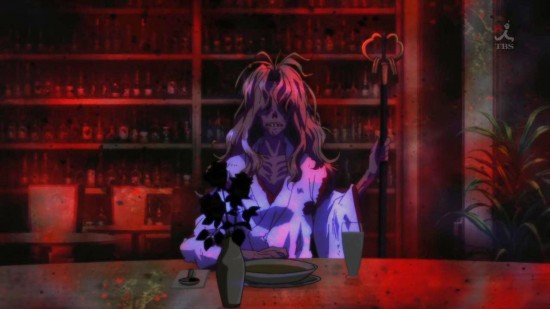
From this Motoori came up with a grim description of the afterlife. The dead descend into Yomi, a dark underworld of putrefaction and impurity where they gradually decay until there is nothing left.

Motoori deduced from this that one should live life to the fullest since it is all downhill after that. A pacifist, he rejected the samurai ideal of a glorious death in battle; instead one should cultivate beauty and harmony.
3. The Spirit World.
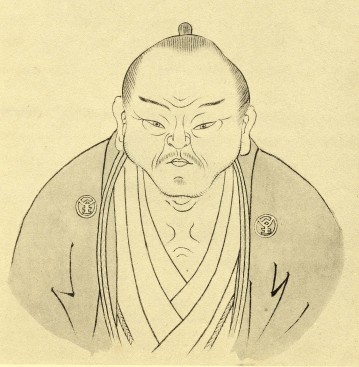 Though Motoori’s scholarship earned him respect, few people found his religious views attractive. Led by Atsutane Hirata (1776-1843) the Native Studies Movement tried to find the true native Japanese Shinto by supplementing the ancient texts with the study of Japanese folk beliefs and the traditional practices of rural shrines. From these they created a quite different narrative.
Though Motoori’s scholarship earned him respect, few people found his religious views attractive. Led by Atsutane Hirata (1776-1843) the Native Studies Movement tried to find the true native Japanese Shinto by supplementing the ancient texts with the study of Japanese folk beliefs and the traditional practices of rural shrines. From these they created a quite different narrative.
According to this the dead continue to exist in the spirit world. This “spirit world” is somewhat different from what a Westerner might envision. Western dualist traditions like Neo-Platonism describe the spirit world as separate from and superior to the material world, and capable of existing without it. The Shinto spirit world is more like an aspect of the material world that most people are unable to perceive.
Although you probably can’t perceive the spirit world you can communicate with your dead ancestors with the help of traditional shamans. In fact a shaman is not really necessary: if you pray to your ancestors they will hear you and if you listen with a pure heart you may hear their response.
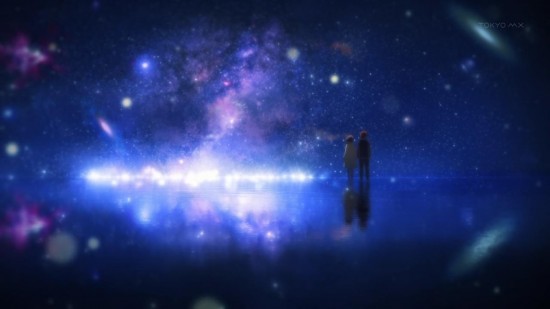
If your ancestors are like most spirits they probably enjoy a good party and would appreciate it if you would arrange one in their honor during the the annual Obon festival.
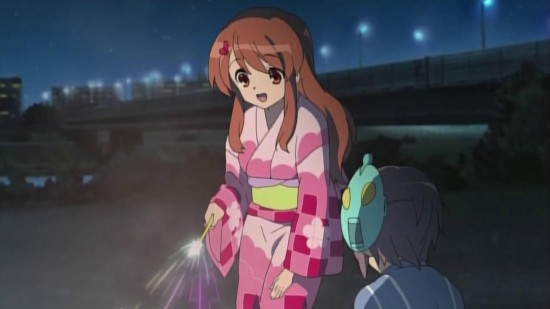
All of your ancestors collectively comprise the spirit of your family. The spirits of all the families collectively comprise the spirit of the nation. Thus if you live a pure life and die virtuously you will go on to strengthen both your family and your country.
These ideas inspired the Meiji Period reformers who decreed that Buddhism and Shinto must be separated. The spirit world theory was central to the ultra-nationalist State Shinto that prevailed until the end of World War II and is generally accepted in the more moderate form of Shinto practiced today.
Sasami-san compared to other anime
In most anime death is viewed through the lens of the Buddhist model or the Shinto spirit world model, or some combination of both. References to Yomi appear only in a few horror stories.
Samsami-san on the other hand draws heavily on the stories of the Nihon Shoki and the Kojiki and its view of death seems to be essentially the same as Motoori’s. (Of course the show is only half over and it may well intend to offer some sort of more moderate synthesis.)
References
Much of the material in this post comes from Shinto: The Way Home (Dimensions of Asian Spirituality) by Thomas P. Kasulis. This is an excellent introduction to Shinto thought if you are willing to plow through some dry academic theorizing.
For more on Shinto history and practices see my earlier Notes on the Shinto Religion and Anime.
For more hints about what Shinto may have been like before the Japanese encountered Buddhism, see my visit to the Yoshinogari archeological site.


Wow ~ beauty turned into a zombie
Excellent explanation!
It’s hard for us to understand all those citations without any help.
Thank you!
As you predicted, in “Sasami’s” we have a mix of budism’s view with “motoori’s” view because her mother returned from the Yomi…we’ll see that also the older sister (the sun goddess-amaterasu in person, “dressed” as a high school teacher) will return from yomi in the next episode…will see even figures from other traditions…(I think that in “straight motoori’s” views, for instance, they wouldn’t be able to return from the youmi so easily…)
But I still have one question: Who or What is Sasami’s brother?
We cant’t see he’s face…Sasami’s mother calls him “it”, and also “brother”! And She said that she would kill “it” “if she could”, meaning that SHE CAN’T do it, even being the powerfull priestess of all time (in amaterasu’s “sister” words)…What is this guy?
Thank you again!